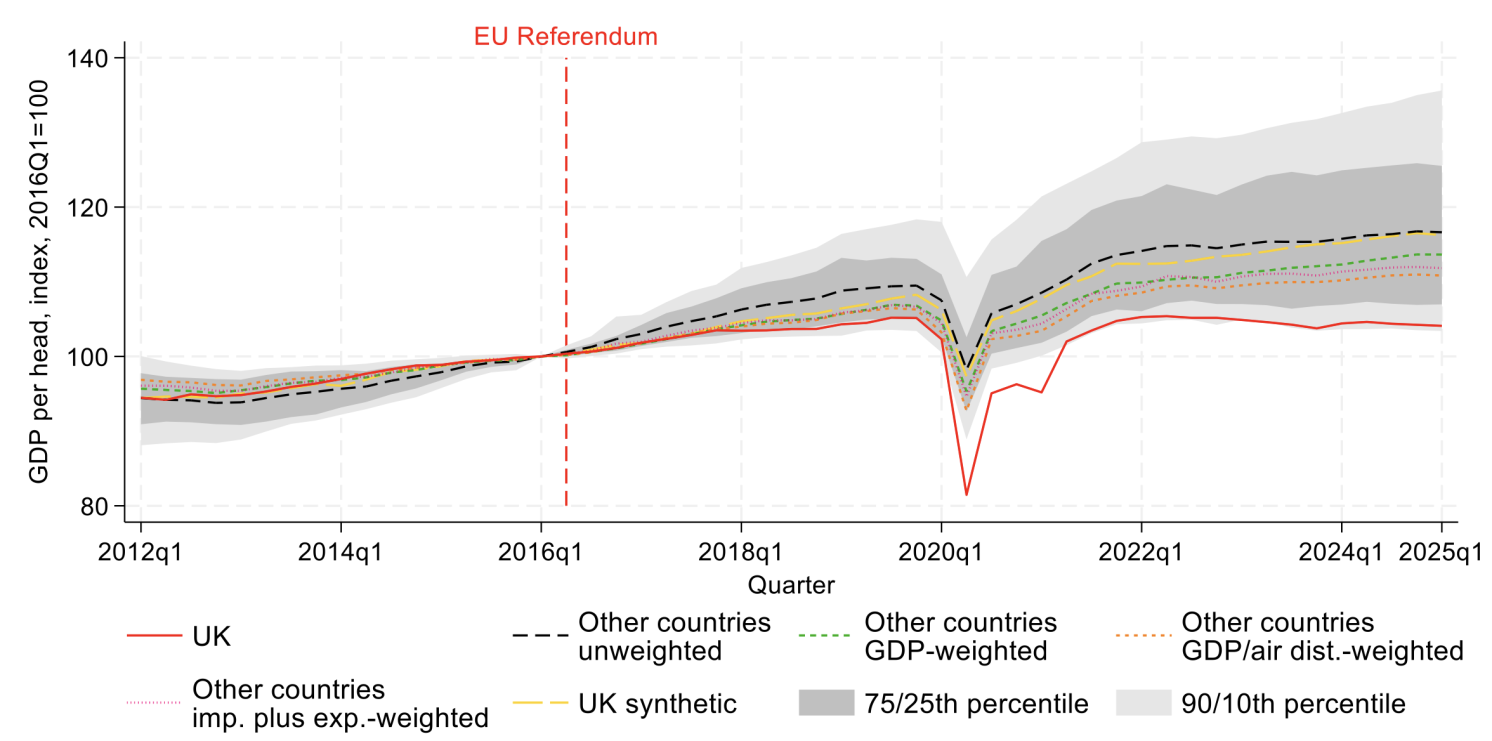Invoice discounting, or invoice financing, is a method of debt financing for small businesses. Because it relies on customer invoices to fund, invoice discounting is specifically for B2B businesses that tend to have a lot of receivables and want to avoid taking on other types of small-business loans.
What is invoice discounting?
Invoice discounting, also known as invoice financing or accounts receivable financing, is a method of small-business financing that uses unpaid customer invoices, or receivables, as collateral for a loan. Unlike invoice factoring, which involves selling unpaid invoices to a third party who then takes over the collection process, invoice discounting allows you to keep control of your invoices and customer relationships. You’re in charge of collecting customer payments and then repaying your lender the amount you borrowed, plus fees.
Invoice discounting is best for businesses with a lot of customer invoices. They are normally short-term loans that are repaid as soon as the invoice is paid, and are not ideal for long-term purchases.
How does invoice discounting work?
Unlike traditional small-business loans, invoice discounting loans are typically underwritten based on the value of your outstanding invoices and the reputation of your customers. Some companies may not even require a credit check.
Here’s how invoice discounting works:
-
Find a lender. Invoice discounting companies are typically third-party companies that act as intermediaries between clients and lenders. However, some discounting companies are direct lenders.
-
Apply. Once you find a company you want to work with, you can submit your application, which is usually more streamlined than a traditional loan application. In the interest of speed and convenience, most invoice discounting companies can complete their application process online or over the phone. Some companies may provide a quote based on preliminary information. In addition to your application, you’ll usually have to submit supporting documents like business information, bank statements and copies of current invoices.
-
Submit your invoices. Once approved, you can begin submitting the invoices you want to fund. It can take one to three business days for a company to review and approve your invoices.
-
Company advances you money. An invoice discounting company typically advances up to 90% of the value of your invoices; however, some companies may advance the full amount. The advance rate may vary based on your business history, customers and industry.
-
Repay loan with fees. Once your customer pays their invoice, you repay the invoice discounting company — plus fees, which can fall between 1%-5% per week. The longer your customer takes to pay their invoice, the more fees you’ll owe.
Invoice discounting pros and cons
Pros
-
Usually quick to fund. Once you’ve been approved, invoice discounting companies usually advance funding on the invoices you submit quickly, which is crucial in closing cash flow gaps.
-
Invoices serve as collateral. Because your invoices secure your loan, you typically don’t have to provide other physical collateral to get approved for invoice discounting.
-
Consistent cash flow. Invoice discounting may introduce consistency into your business’s payment schedule by allowing you to control when your invoices are funded instead of having to wait on your customers’ schedules.
Cons
-
Can be expensive. Fees for invoice discounting are generally 1%-5% of the value of the invoice you’re advancing per week. For example, for a $100,000 invoice on which you receive a 90% advance rate, a 3% fee ($3,000) calculates to an APR of 40%, which is high compared to typical loan and line of credit rates. Your loan may be subject to a processing fee as well.
-
Cost of funding is in the hands of your customers. While retaining control of your customer relationships and receivables may be preferred, because fees are collected weekly, the cost of borrowing is almost entirely in your customers’ hands. The longer they take to pay their invoices, the more the fees add up.
Alternatives to invoice discounting
-
Invoice factoring. If you have reputable customers and the process of collecting on your receivables is getting on top of you, invoice factoring is a similar option that allows you to cash in on unpaid invoices but shift the collection process to the discounting company. The downside is you’ll give up some control over your customers’ experience.
-
Term loans. If you can qualify and are not in a huge time crunch, term loans are a more cost-effective funding option than invoice discounting, especially if you want to finance a large purchase like equipment. The best term loans usually require good credit, at least two years in business and possibly collateral.
-
Lines of credit. If you want funding on a revolving basis, a business line of credit is also a good alternative. With lines of credit, you only pay interest on the money you’ve drawn, and you can borrow again up to a certain limit once your balance is paid down.





































